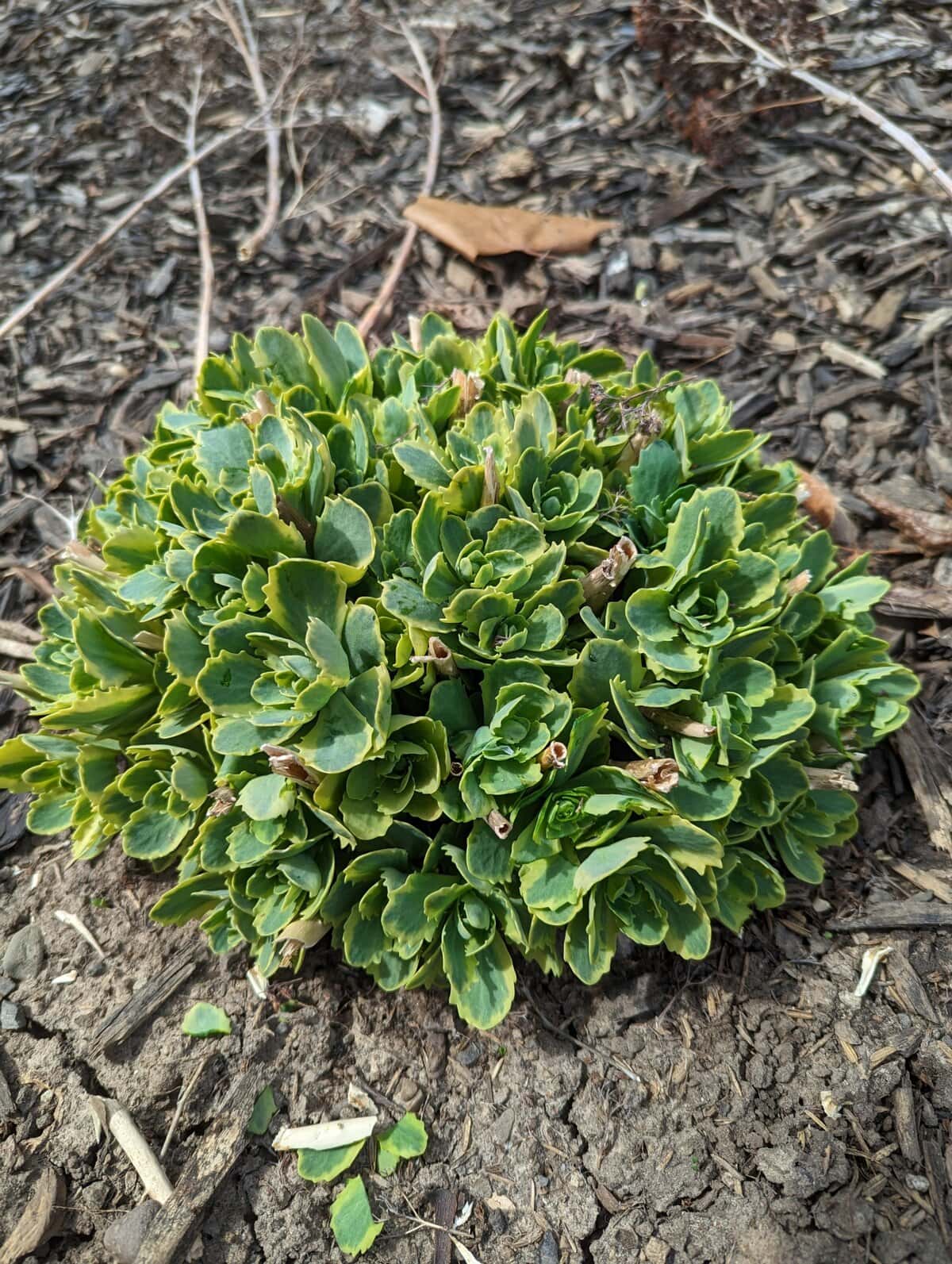With the incredibly warm temperatures last week it felt more like summer coming on than the beginning of spring.
The star magnolias have quickly pushed out their buds, the forsythias are in bloom and even some of the fruit trees are showing a bit of colour.
Before we rush into summer, though, there are lots of spring chores that need to be tackled when cleaning up the bed areas in the garden.
As we are becoming more and more aware of the importance of attracting pollinators to our gardens, we are learning that it’s good to leave some fall leaves and perennial stems in the garden beds over the winter.
This provides a safe haven for many of the pollinating insects to overwinter in the stems. In early spring, many insects are still in hibernation. They will wake up when the weather warms and the day-length increases.
Lots of beneficial insects, including pollinators, like tiny native bees and pest-munching predators like syrphid flies, lacewings and parasitic wasps spend the winter hunkered down in hollow plant stems either as adults or pupae.
Cutting down the dead plant stems too early in the spring will disturb them before they have a chance to emerge. So, wait as long as you can to do your spring garden clean up.
Ideally, you should wait until the daytime temperatures are consistently above 10C for at least seven consecutive days. So, after last week’s hot spell, we are now good to start cleaning up our gardens.
In one of the gardens I visited last week, several heathers were in bloom as well as some Hellebores and the mason bees were in a buzz, pollinating the flowers. Mason bees are one of the first bees to emerge in spring and they are more efficient when it come to pollinating flowers than the honeybee.
In an area like Niagara, they are important when it comes to pollinating the orchards. It only takes 250 to 300 female mason bees to pollinate an acre of fruit trees. It would take close to 1,000 honeybees to pollinate to do the same.
If you left some of your perennials out for the winter, now is the time to trim back the dead leaves and stems before new growth emerges from the base of the plants.
Cut back the stems to just one inch above the soil and rake up any remaining dried leaves. For taller ornamental grasses, cut down stalks to about four to six inches from the ground.
For shorter grasses, they can be cut back even shorter, about two inches from the ground. Some perennials retain some or all their foliage throughout the winter such as Heuchera (coralbells), Lavendula (lavender), Bergenia (pig squeak), Helleborus (Lenten rose) and Carex (sedge).
After certain winters some of the leaves can look a little ratty. Simply remove any of the leaves that are browning. If the majority of the leaves have browned, you can cut back the plant as you do regular perennials.
It is also important to remove any wet tree leaves from the previous fall if they have not yet broken down. Don’t let them sit in the bed for too long.
A thick layer of wet leaves can suffocate out any bulbs or perennials that are trying to push up through them. The wet leaves contain molds and can cause other diseases on the new emerging plants.
So, over the last two weeks we looked at when and how to prune your deciduous shrubs and this week general cleanup of the gardens. Next week: dividing your perennials.
Until then, keep gardening.
Joanne Young is a Niagara-on-the-Lake garden expert and coach. See her website at joanneyoung.ca.











